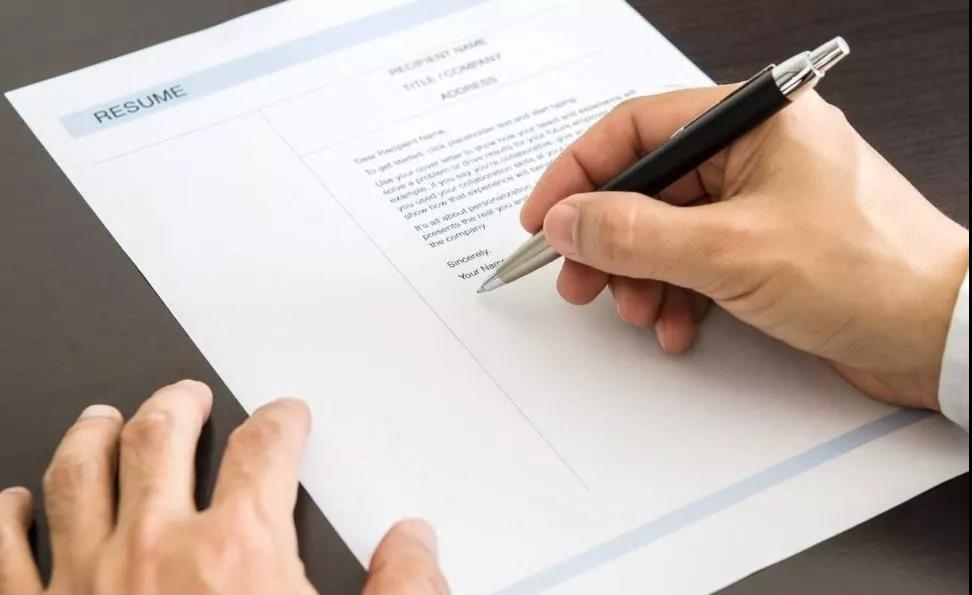Chinese,and,U.S.Schools:In,Comparison
By Lile Song Mahoney

W hen comparing U.S. and Chinese schools, one finds a number of stark differences and unexpected similarities.
Differences exist
Lets begin with the most overwhelming difference. While the Chinese education system has many different objectives, its dominant feature is the gaokao system. Gaokao refers to the national exam that high school students take to determine admission to colleges and universities. The main part of the exam is taken by most students during their senior year, although some special subject exams can be completed the year before.
Despite being a nationwide standardized exam, the way the gaokao is administered varies somewhat by location. Most subject exams divide between a STEM or humanities track, but there are others, including art, music and sports.
The gaokao system is not limited to these high school exams. In fact, it extends downward, and includes a whole array of exams that determine where and what students should study. For example, the zhongkao is another important exam, faced by students as they are graduating from middle school. It can determine whether they continue to high school or move into a vocational training track. It can also determine whether they attend top-ranked high schools.
In the United States, there is nothing that compares with the gaokao. Although the U.S. has implemented various reforms since 2001 to improve STEM training, including becoming more test-oriented, these efforts have achieved mixed results at best.
However, America has almost 4,000 colleges and universities—China by contrast, has around 2,700, despite having six times the population—and the vast majority of U.S. institutions have relatively low admission requirements. Consequently, while some students face pressure from their parents or their own drive for success to perform at the highest academic levels, there is not the same level of cultural and social anxiety that one experiences in Chinese schools, nor is there the same level of work and timein-school.
This has positive and negative consequences. The negative, obviously, includes the fact that many American students may fail to reach their full academic potential. In aggregate, this can impact both national and individual social and economic wellbeing in numerous ways. But it is also the case that avoiding this stress provides students with opportunities to develop in other ways that can contribute to the greater good.
For example, in most Chinese high schools, athletics are not a prominent feature. Although there are programs, these are more in line with baseline health objectives. This is not the case for students in the sports track, or high schools that specialize in sports. But in the typical Chinese high school, there are very little if any team sports like one finds in the U.S.
U.S. high schools also tend to be dominated more by social life. On the one hand, this can include structured, extracurricular activities, including academic clubs, to less academic socializing including political and religious student organizations, or more popularly, dances, like homecoming and junior and senior prom. On the other hand, U.S. students have far more free time to socialize outside of school, and many take advantage of this to involve themselves in nonacademic pursuits, including dating.
Dating certainly happens among some Chinese high school students, but it occurs much less. By contrast, in most American high schools one is likely considered odd if one doesnt date, and likewise, if one isnt sexually active.
This puts a lot of pressure on American students. It exposes many to significant risks, including sexually transmitted diseases, teenage pregnancy, and also various forms of abuse. It also can make people more emotionally vulnerable and apt to imitate degrading acts popularized by easily accessible pornography, as studies indicate.
While some studies sponsored by Chinas health authorities point to concerns about drug and alcohol abuse among some young people, the drug and alcohol culture in American high schools is quite different. In fact, in China, underage drinking appears to be a growing problem, but it is not always recognized as such. Some studies show that a lot of underage drinking is done in the home with family. In the U.S., its more illicit and less supervised, and many students suffer accordingly.
By contrast, drug use in China is extremely taboo, while in the U.S. one can commonly encounter students abusing prescription and illegal drugs for various reasons. Many high schools now have random drug testing, student searches, and employ drug sniffing dogs;
but the consequences of getting caught, while unpleasant, are mild in comparison to what students face in China.
Similar challenges
Students in both countries face risks associated with bullying and other forms of violence. These can include subjecting males and females to heteronormative values, which can be especially toxic for girls and those who arent “straight.” In fact, this appears to be changing quickly in both countries, with increasing levels of tolerance, but this is a generational development.
One form of bullying that is more prevalent in Chinese schools, however, relates to academic performance. Students who underperform might be targeted by teachers and their classmates, shamed and even ostracized, to encourage adjustments. In the U.S., the opposite is almost true—those who perform at the highest levels risk being labeled geeks or nerds and social isolation.

Additionally, students in both countries face risks associated with violent attacks. In China, for example, there are attacks on schools that have produced new practices related to gate security. These attacks are generally perpetrated by adults with little to no relationship with the school.
In the U.S., violence differs in three ways:
There are more attacks;
the attackers are usually students themselves;
and they frequently involve guns and many being killed. This has necessitated a whole new regime of security, and can include armed police on campuses, metal detectors and “shooter drills” that train students and teachers what to do if something like this happens. Many students report this having a profound influence on them psychologically.
Nevertheless, in some ways, Chinese and American students have much in common. This includes their experiences with popular culture like technology and social media, mutual concern for the environment, and the fact that all were negatively impacted by COVID-19.
Students in both countries belong to what might be described as a “TikTok culture,” although this Chinese app is likely more popular in the U.S. than in China itself. The Chinese term kuaicanshi yule, which means fast-food type entertainment, is the better expression, one that conveys “snackable content” for often meme-oriented, fast moving fads that compete for short attention spans. Whatever the app or device, students have been profoundly influenced by technology, positively and negatively. In fact, Chinese students do face more restrictions from their schools regarding their use of social media, although many are adept at circumventions.
Furthermore, many students in both countries are attracted to similar styles, in both fashion and food, in music and film, with Chinese and American students often being similarly up-to-date on the latest hits, including television series.
Ultimately, what both have most in common is the desire to live a good life, be successful and secure. The U.S. and China approach these desires in different ways educationally, but both could learn from each other. This is especially true given the fact that we all live in an increasingly globalized world, and must learn to work together to solve not only global problems like climate change and disease outbreaks, but unfortunate frictions between the U.S. and China. Indeed, with the last point in mind, a significant deficiency in the educational systems of both countries is that neither really understands the other. This is not a new problem, but solving it deserves serious attention. BR






